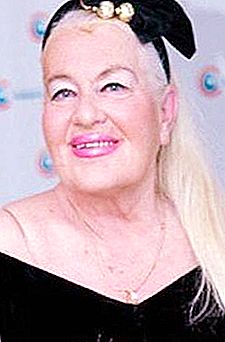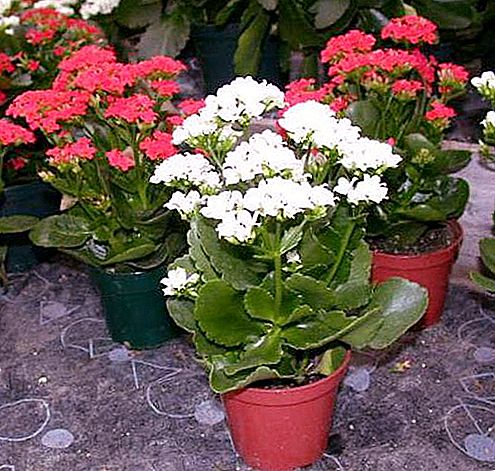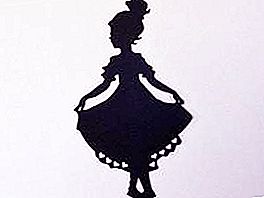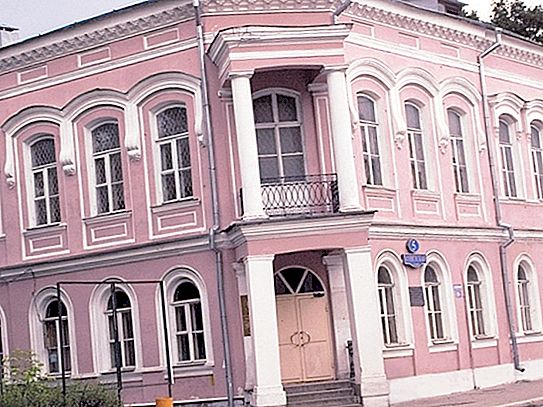For three centuries, the Irbit Fair was the second largest and largest in Russia, second only to Nizhny Novgorod. The first mention of it dates back to 30 years of the seventeenth century. Since that time, it was held annually until 1929. The revival of the traditional fair took place in 2003. Now it is held every year at the end of August.
Irbit Fair: history and modernity
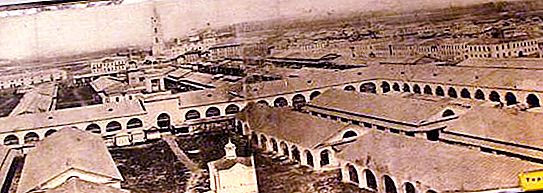
Officially it is believed that the first time fair festivities on the Irbit River were held in 1643. Twelve years earlier, the Irbitskaya Sloboda appeared at the confluence of two rivers. In a small settlement lived 31 peasant families. Due to its favorable location on the most important trade route, the settlement quickly grew, and a small local market acquired the significance of the largest trading platform.
The Babinovsky tract, on which the Irbit Fair was located, was the most important state artery connecting the European part of the country with Siberia. A gold mine for local merchants and overseas merchants, who in large numbers reached out to an unremarkable settlement.
In those days, only here one could buy the most valuable Siberian furs, the finest Chinese silk and tea, skins of lambs of special dressing from Central Asia. Moscow merchants brought jewelry and manufactured goods, metals were brought from the Urals.
In different periods, festivities took place from two weeks to one and a half months. Usually, their time fell in the autumn-winter months. Today the fair lasts only four days and is postponed to the last days of August.
On the Great Tea Road
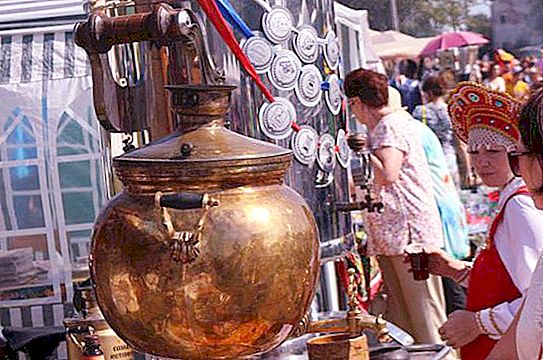
First of all, the Irbit Fair was famous as a place where Siberian furs were bought and sold - an expensive product that is extremely valued in Europe. However, another interesting fact is lost in the darkness of history: it was here on the Irbit in the eighteenth century that the first monopoly on tea trade was formed.
The “Great Tea Road”, which ran along the Babinovsky tract, made the fair in a small town a monopolist in the distribution and pricing of Chinese “liquid gold”.
Traditional fair arrangement
From the beginning of its foundation, the Irbit Fair has demonstrated miracles of high self-organization. At a general council, merchants elected representatives, each from their own group or industry. Then commissioners formed a fair committee and appointed its chairman. The committee was charged not only with organizational and financial issues, but also with maintaining order and settling contentious issues both between the merchants themselves and between them and the buyers.
Over time, the fair grew so much that not only independent merchants took part in it, but also large state organizations, banks, transport, and trading houses.
By the nineteenth century, the center of international fur trade had grown from the Irbit Fair, and it itself began to resemble a commodity exchange more than a classic fair market.
Time adjustments
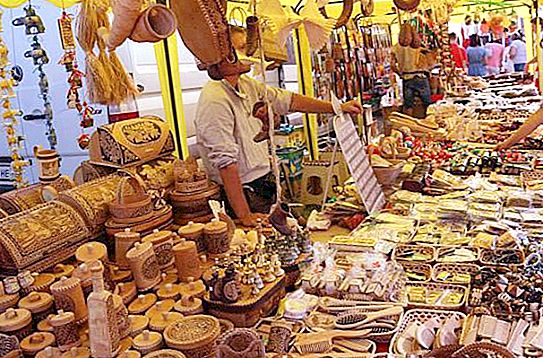
Today, the most striking event in the city has a completely different program. The Irbit Fair has long lost its significance as a major shopping center connecting two parts of the world. Her revival is, rather, a tribute to tradition, a memory of the history of the city. Today, a bright colorful event is more aimed at attracting tourists.
As before, there is an active trade in industrial goods. However, the main emphasis is still on the demonstration of traditional crafts and the sale of handicrafts.
The come true fairy tale
An integral part of fair trade has long been the sale of handicrafts. Products of masters of the Urals were famous throughout Russia. We all remember the tales of Pavel Petrovich Bazhov, in which he describes the art of the Ural stone-cutters. Products from malachite and mountain gems crafted with the exact hand of a "mountain master" were valued by foreign traders along with Siberian furs and Chinese tea.
They say that the fabulous Danila master really existed. It is believed that the prototype of him was the legendary Ural prospector Danila Zverev.
Irbit Fair: the city of masters and other entertainment

Bone and stone carving, filigree casting, metal art, products of the Ural lace and jewelers glorified the Irbit Fair no less than furs and overseas goods.
Today, like a hundred years ago, Irbit can boast the skills of Ural artisans and artists. The program of the Irbit Fair every year provides for master classes with the demonstration and sale of objects of folk arts and crafts. The city of craftsmen is not only an exhibition area where souvenirs are bought and sold. Having visited it, you plunge into the unique atmosphere of art and craft workshops of the old Urals.
Here everyone can try his hand in the role of “mining master”, feel the charm of working with stone, look into the forge, paint a heavy tray with his own hands and make a birch bark basket with his own hands. The traditional outfits of the residents of the Urals will not leave anyone indifferent, and the opportunity to try them on will help you to completely immerse yourself in the atmosphere of the holiday.

